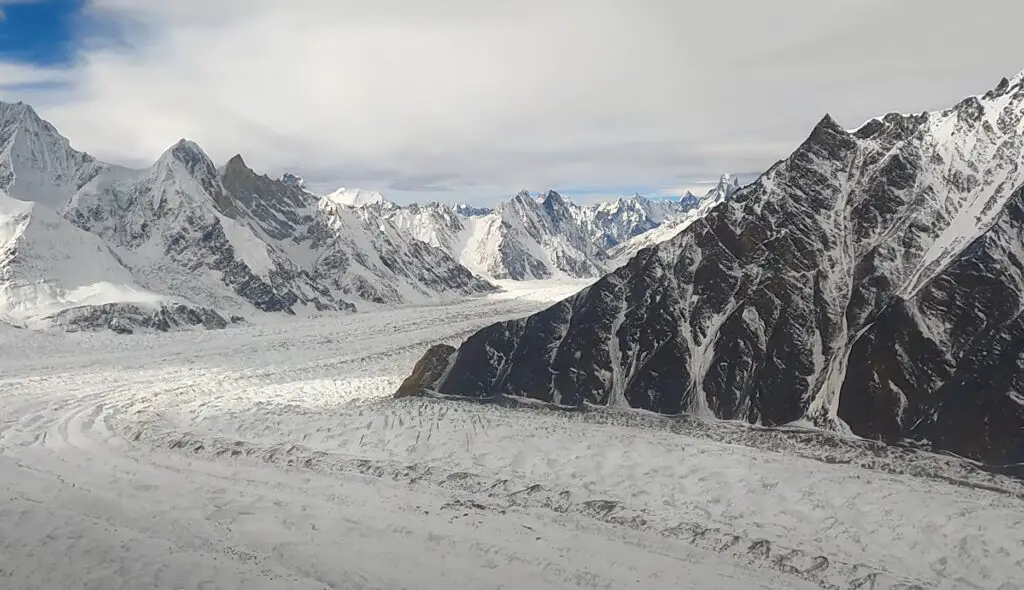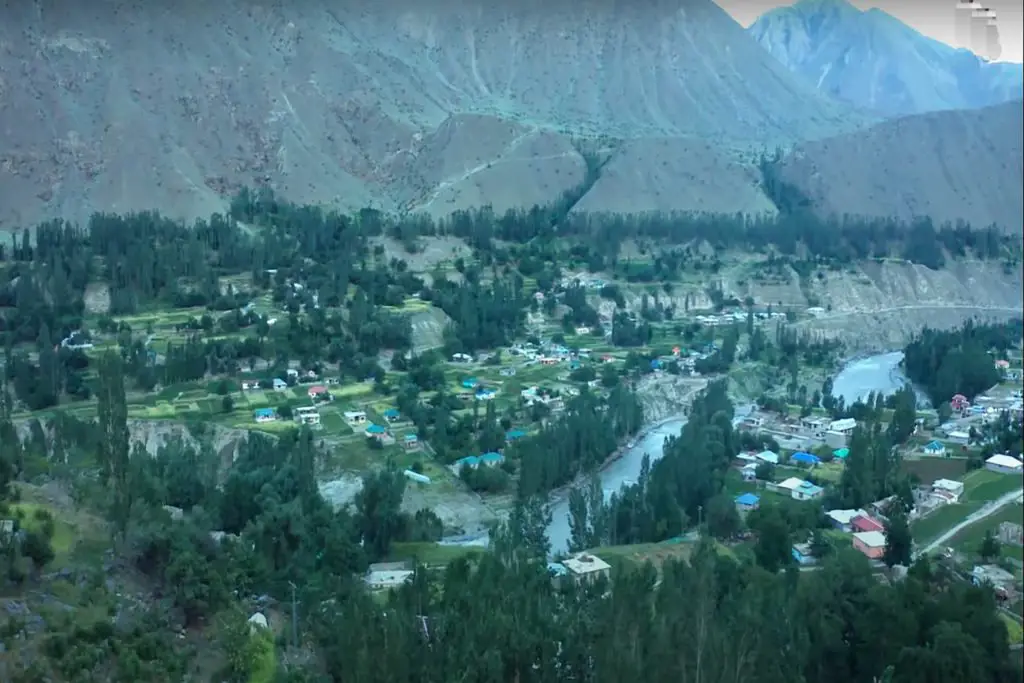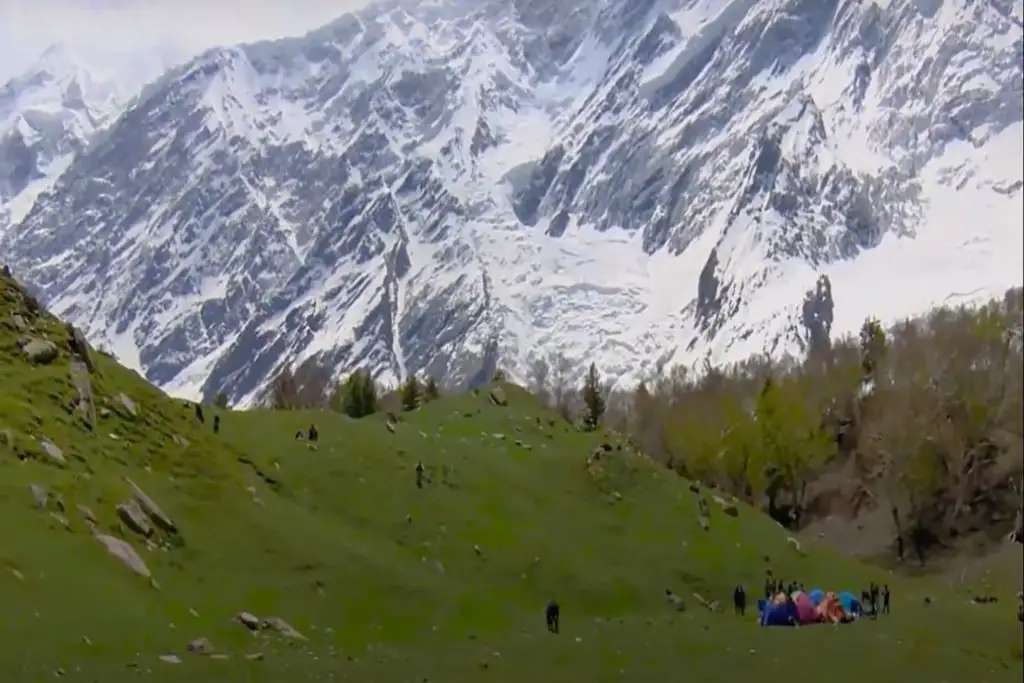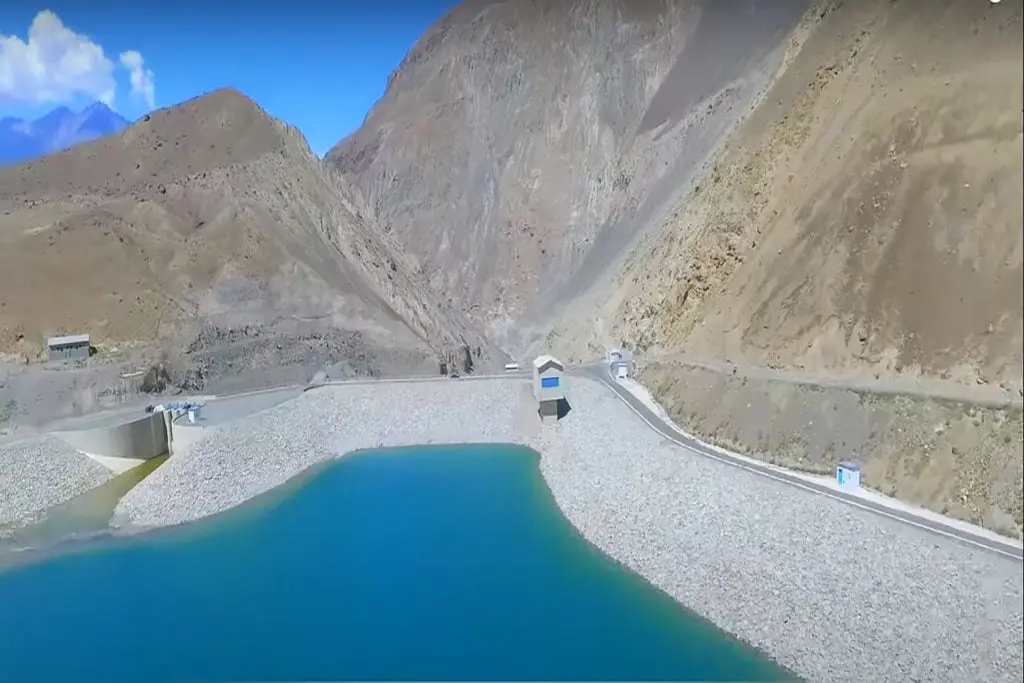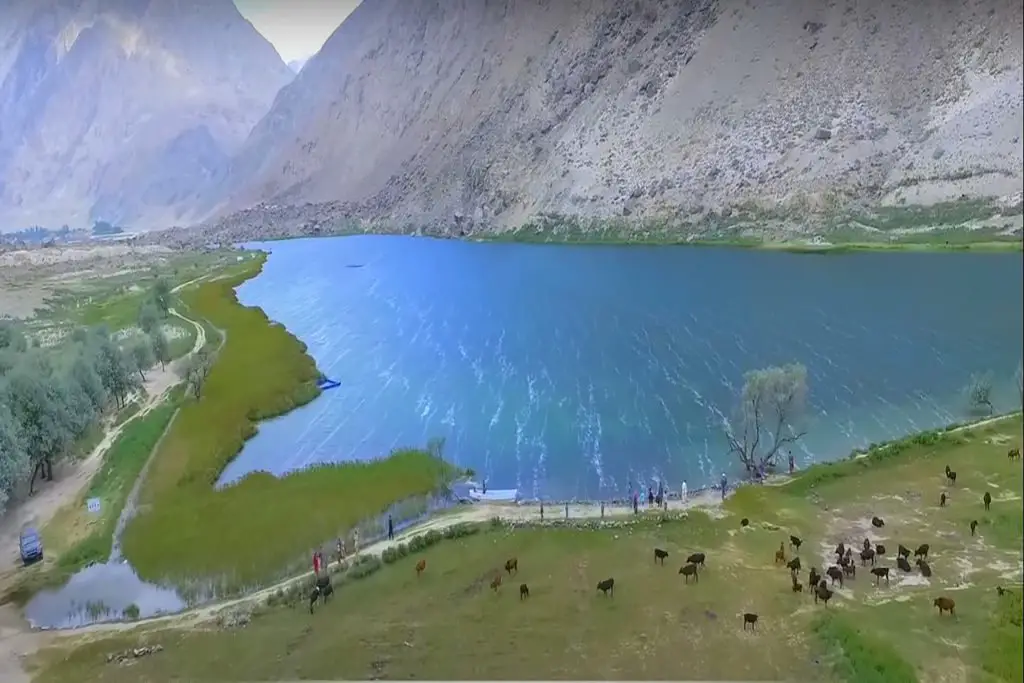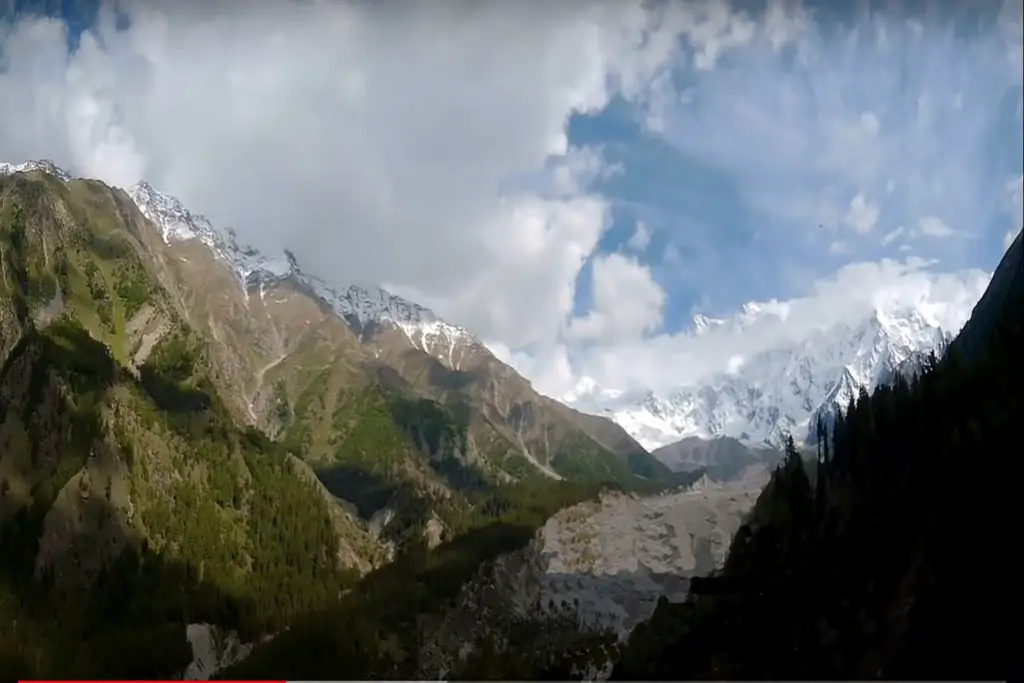Siachen Glacier is one of the most inhospitable and challenging places on earth, located in the eastern Karakoram range in the Himalayas. It is known as the world’s highest battlefield, where Indian and Pakistani troops have been engaged in a standoff since 1984.
Length of Siachin Glacier
The glacier is around 76 km long and varies in width from 2 to 8 km. The terrain is treacherous, with steep and jagged peaks and crevasses that are constantly shifting due to the movement of the glacier. Temperatures in the area can drop to as low as minus 60 degrees Celsius, making it one of the coldest places on earth.
The Siachen Glacier is the source of several major rivers, including the Indus and the Shyok, which flow through India, Pakistan, and China. The glacier is also home to a rich variety of flora and fauna, including snow leopards, ibex, and migratory birds. However, due to the ongoing conflict in the area, the ecosystem has been severely impacted, with both sides leaving behind trash and other waste materials.
Siachen Glacier Discovery
The Siachen Glacier was first discovered in 1909 by British explorer Lt. Col. Francis Younghusband, but it wasn’t until the 1970s that India began to take an interest in the region.
Siachen Glacier Conflict
In 1984, India launched Operation Meghdoot, seizing control of the glacier and establishing a military presence. Pakistan responded by sending its own troops to the area, and since then, the two countries have been engaged in a standoff.
The conflict has taken a toll on both sides, with soldiers battling not only the extreme weather conditions but also the lack of oxygen at such a high altitude. The area is also prone to avalanches and landslides, which can be deadly. Since the conflict began, hundreds of soldiers from both sides have lost their lives due to accidents and skirmishes.
Efforts have been made in the past to resolve the conflict, including a peace initiative in 2003 that called for the withdrawal of troops from the area. However, the talks were unsuccessful, and the standoff continues to this day.
The Siachen Glacier serves as a stark reminder of the futility of war and the toll it takes on both people and the environment. The ongoing conflict has not only resulted in loss of life, but also environmental degradation and has hindered efforts to protect the region’s fragile ecosystem. The need for a peaceful resolution to the conflict and the preservation of the Siachen Glacier’s natural beauty is more important now than ever before.

